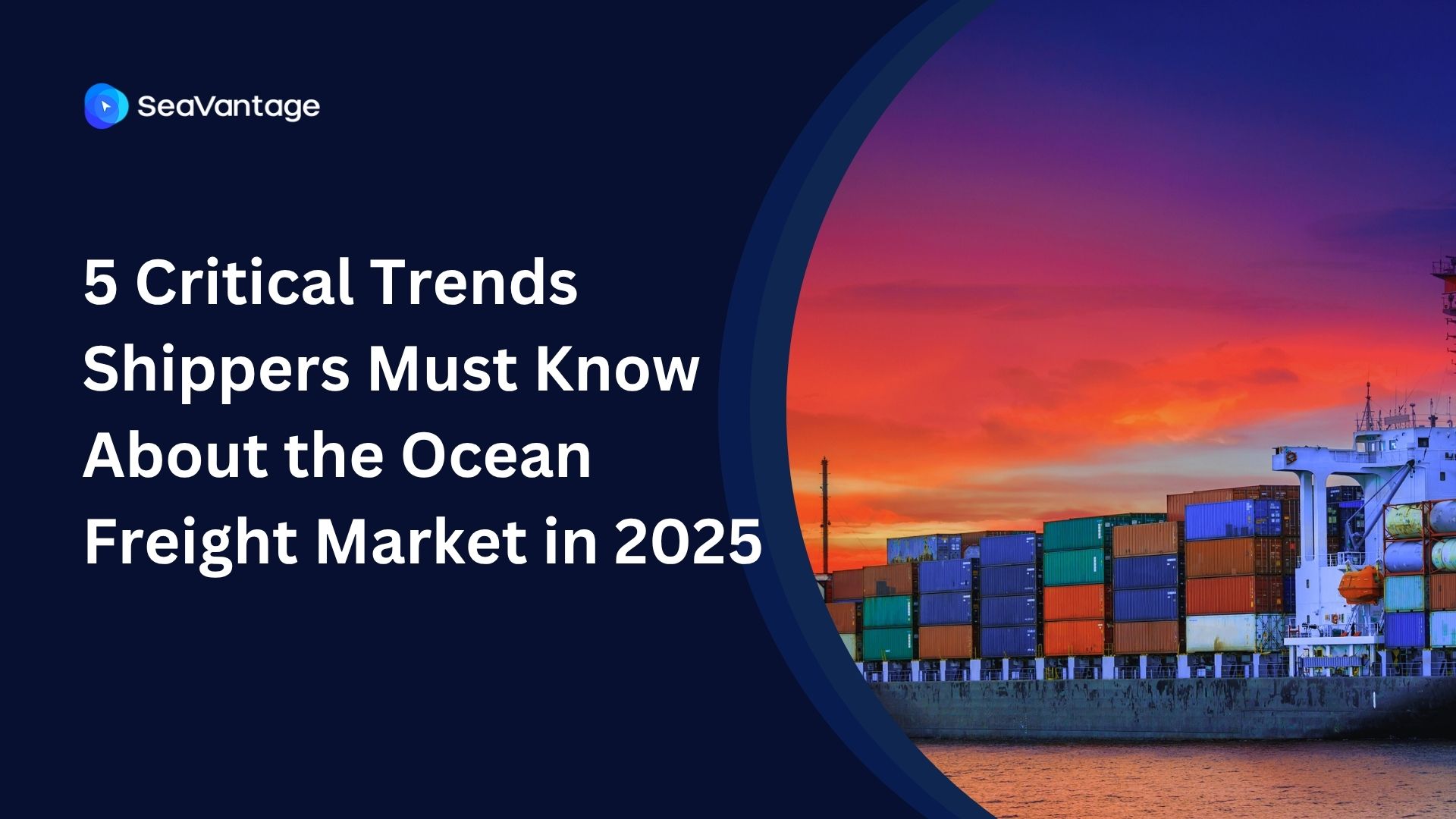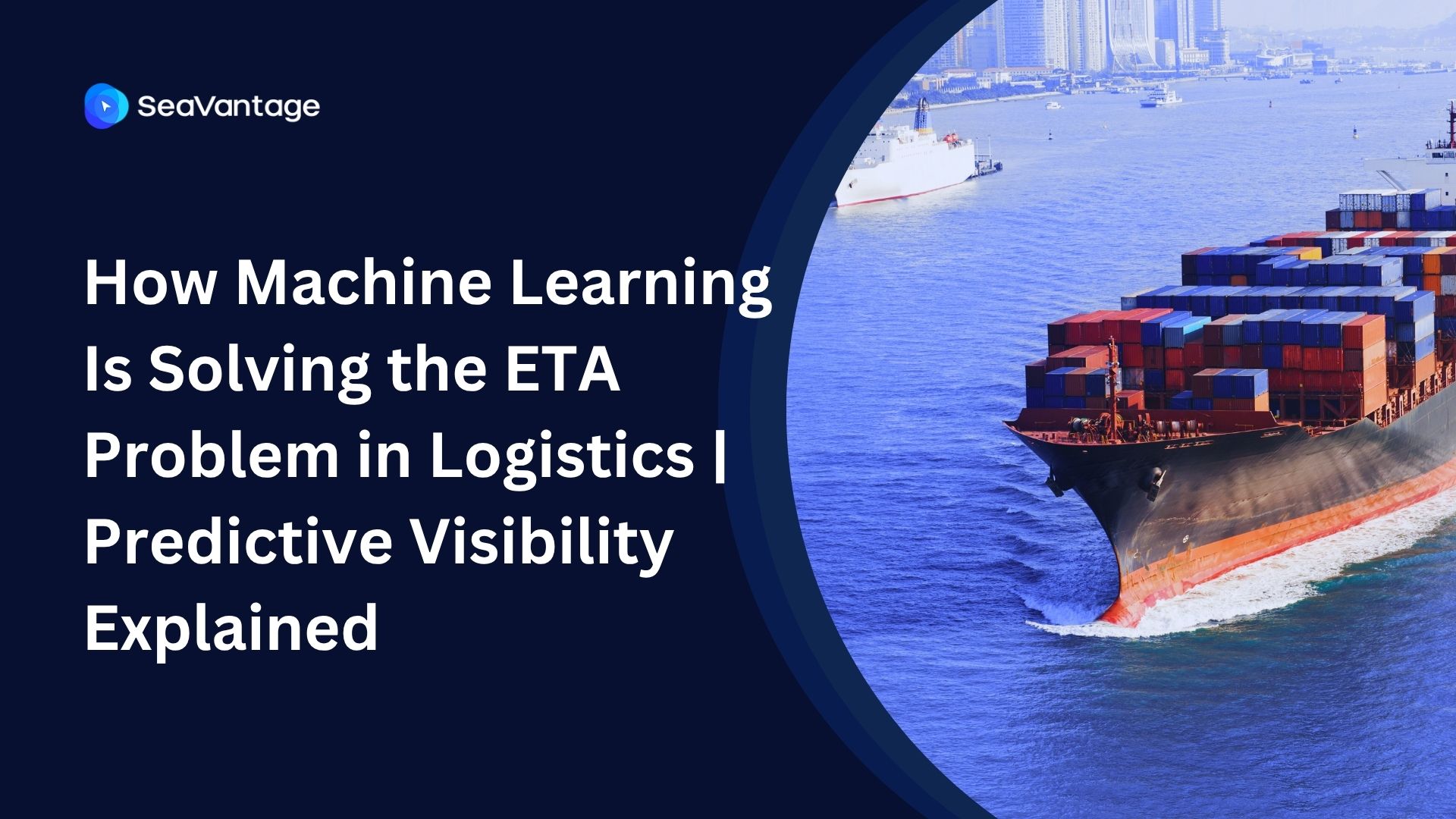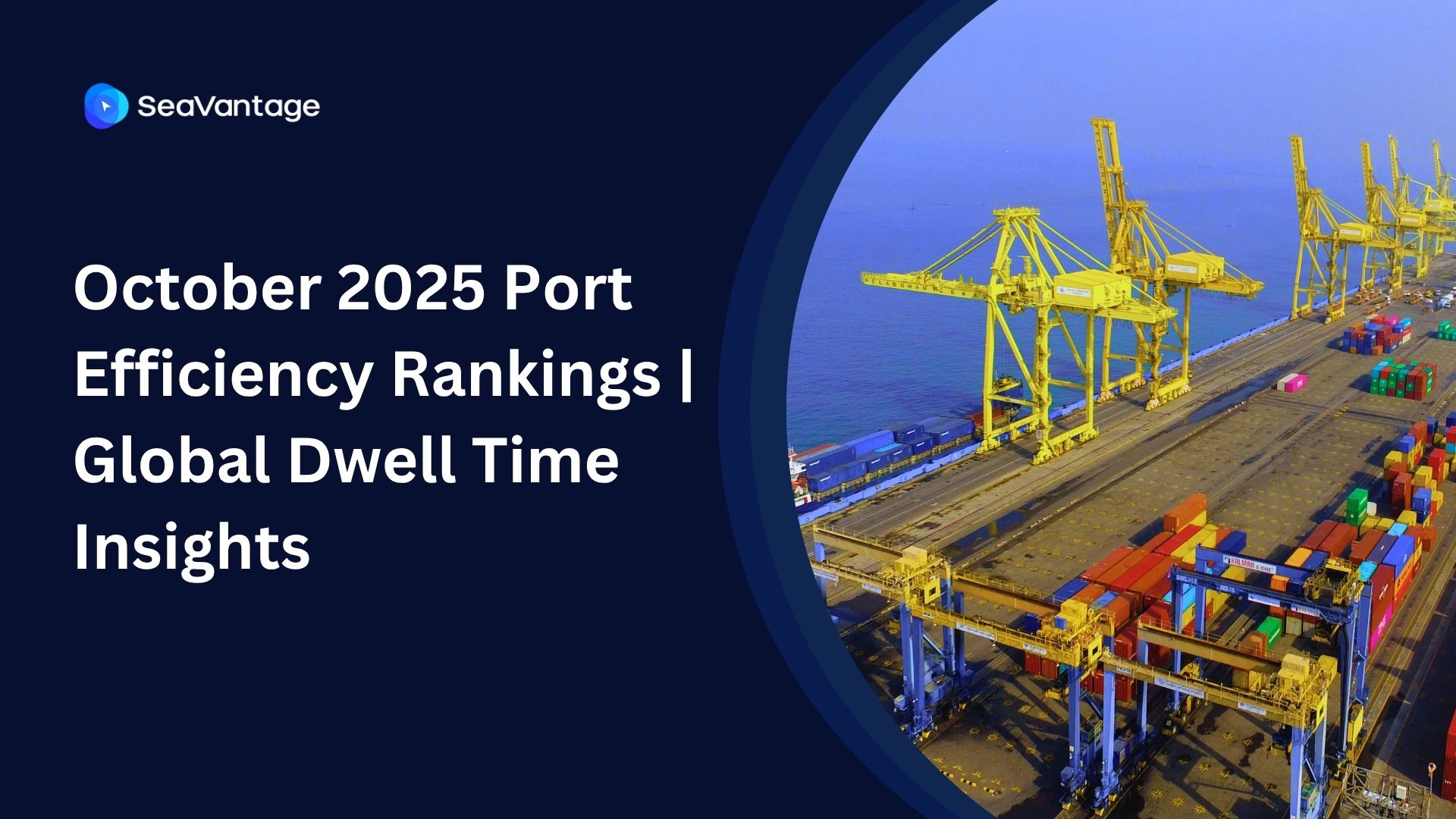Impact of Red Sea Events on Container Vessel Routes (Download Free Report)

Since December 15, 2023, a series of attacks by Houthi rebels in Yemen have targeted multiple container vessels in the Red Sea. Here is the most recent update as of December 29th on the ongoing situation around the Red Sea.
Container Vessel Impacted
- Number of vessels that have been rerouted: 215 vessels
- Number of presently underway in the Red Sea transit: 20 vessels
- Number of vessels that have transited through the Red Sea: 31 vessels
- Number of vessels scheduled for transit though the Red Sea: 15 vessels
- Number of vessels that are currently stationery: 2 vessels
Click Here to Download Your Free Comprehensive Report of Impacted Vessels


Shipping lines to resume the Red Sea route
A.P. Moller-Maersk and CMA CGM plan to resume transits through the Red Sea. This decision could be influenced by various factors such as improved security measures (Operation Prosperity Guardian), diplomatic efforts, or a reassessment of the risk landscape in the region.
Other Carrier Actions
Despite A.P. Moller-Maersk and CMA CGM's decision, some major players in the shipping industry, including Hapag-Lloyd AG, EVERGREEN LINE, and MSC Mediterranean Shipping Company, continue to reroute their vessels to avoid the Red Sea. This divergence in strategies among key carriers reflects the complexities and uncertainties associated with the security situation in the region.
Transit Time Impact
Transit times are anticipated to extend by a minimum of 7-20 days on routes that typically utilize the Red Sea. Longer transit times not only affect delivery schedules but also contribute to increased operational costs for both carriers and shippers.
Surcharges Imposed
To offset the costs incurred by rerouting vessels around the southern tip of Africa and avoiding potential security risks in the Red Sea, carriers are imposing Red Sea surcharges. These additional fees are likely to impact shipping costs and may prompt a reassessment of the economic viability of certain routes. It introduces a new layer of complexity for businesses involved in international trade, necessitating a proactive approach to managing costs and logistics strategies.
Download Your Free Comprehensive Report of Impacted Vessels
2025년 9월, 주요 글로벌 항만에서 어떤 운송사가 가장 긴 선박 체류 시간을 기록했는지 확인해보세요. 트렌드를 비교하고, 지연을 파악하며, 전체 항만 데이터를 통해 운송 전략을 최적화할 수 있습니다.
2025년 8월, 주요 글로벌 항만에서 어떤 운송사가 가장 긴 선박 체류 시간을 기록했는지 확인해보세요. 트렌드를 비교하고, 지연을 파악하며, 전체 항만 데이터를 통해 운송 전략을 최적화할 수 있습니다.
2025년 7월, 주요 글로벌 항만에서 어떤 운송사가 가장 긴 선박 체류 시간을 기록했는지 확인해보세요. 트렌드를 비교하고, 지연을 파악하며, 전체 항만 데이터를 통해 운송 전략을 최적화할 수 있습니다.
Get the latest November 2025 ocean freight insights. Learn the five market shifts shaping carrier strategy, congestion risks, trade tensions, and shipper planning.
Discover how machine learning is fixing the billion-dollar ETA problem by delivering accurate, predictive visibility for global supply chains.
Explore October 2025 global port dwell time data. See which ports and carriers led in efficiency across Antwerp, Busan, Long Beach, Rotterdam, and Singapore.



.svg)







.png)